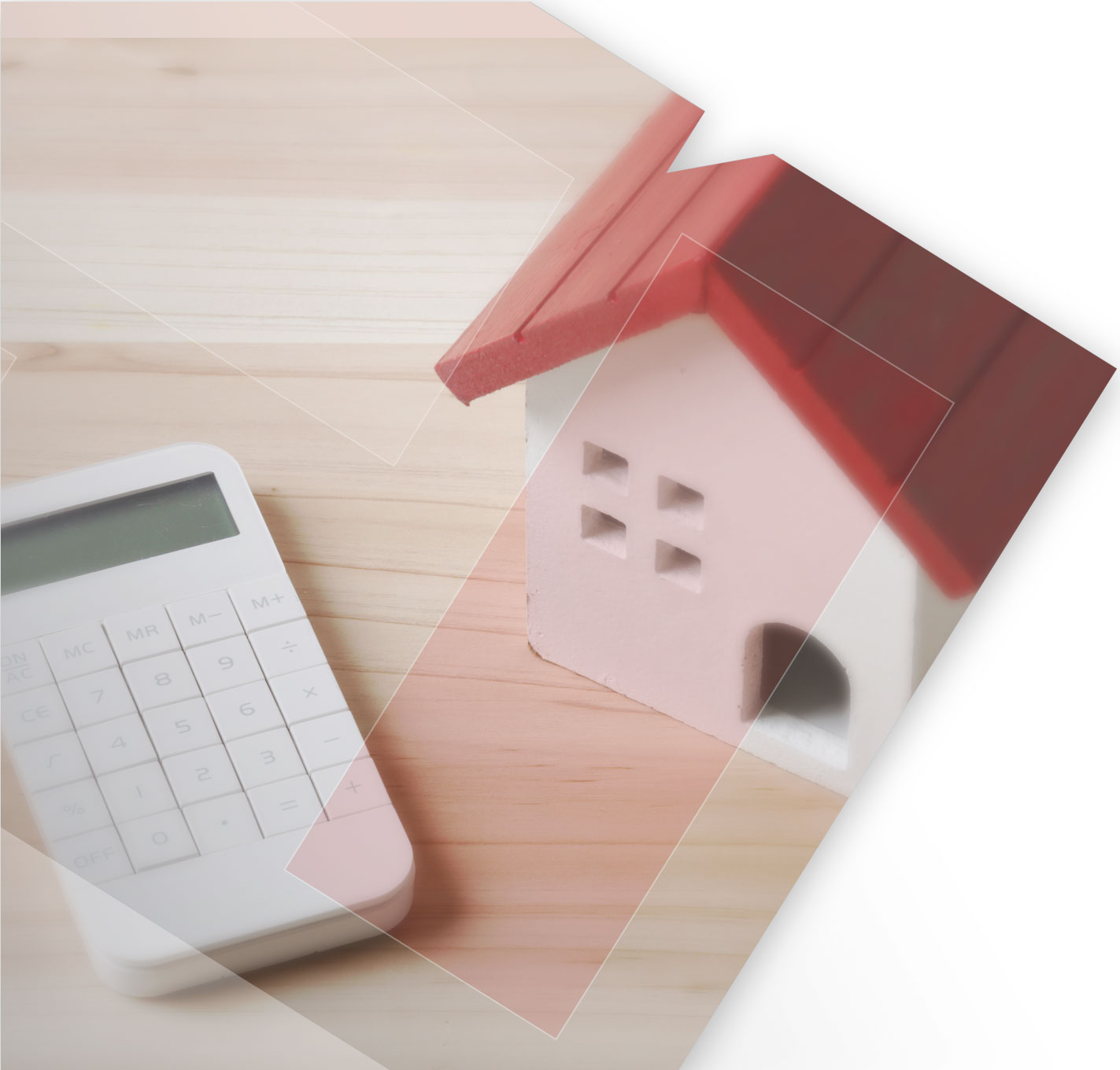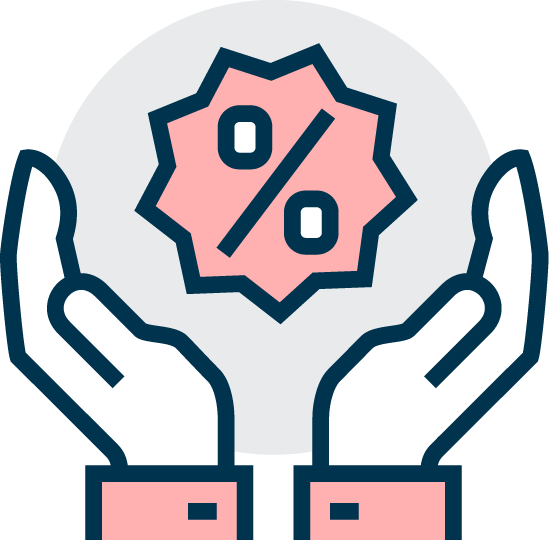Now-a-days one of the real estate related terms that we frequently come across is real estate inventory. Similar to the manufacturing sector, inventory in the real estate sector represents the flats which are not sold by the developer. From a buyer’s point of view, knowing inventory level is extremely important to assess the project salability, to assess demand and supply scenario in a particular location, to know about developer’s performance and largely to understand the state of the real estate market.
Inventory level increases when there is a demand slowdown and new launches keep on adding in the market; while the level decreases when the buyers are active in the market and there is limited new supply. From the buyer’s point of view, higher inventory level indicates slowdown in the market due to either appreciating property prices, reduced affordability for end-users or higher rate of interest. From a company’s point of view, higher levels indicate construction-related problems (impacting project progress), locked cash flows, financial stress and problems in servicing debt. On the other hand, declining inventory level indicates visible economic growth and active buyer activity across existing as well as new properties. From developer’s point of view, lower inventory indicates good off-take of the ongoing projects, comfortable cash flows and financial strength and that the company is in the position of launching new projects.
Inventory levels are studied in three ways viz. absolute number (100,000 units), Months of Inventory (405 months) and rate of absorption (5 percent).
 Months of Inventory
Months of Inventory
Months of inventory typically means the number of months required to sell the entire current inventory; provided no new supply comes into the market. It is useful in understanding the type of market and also to gauge the correct time to buy or sell in order to maximize the profit. The months of inventory is calculated by dividing total inventory in a specific project or location by monthly sales. For example, if Mumbai has an inventory of 100,000 (A) units and the average monthly sales is 2,500 (B) units; then the Months of Inventory will be 40 months (A/B). Higher number indicates slowdown in the market; while lower number indicates faster sales.
 Absorption rate
Absorption rate
Absorption rate represents the rate at which units are sold or absorbed in a specific project or location. It is calculated by dividing monthly sales by total inventory (opposite of months of inventory). Thus in the above example, the absorption rate will be 2.5 percent.
 Type of Market
Type of Market
Depending on the Months of Inventory and Rate of Absorption, the real estate market is classified into three types -
Seller’s MarketA typical seller’s market will have months of inventory less than 5 months and the absorption rate will be more than 8 percent, which mean that demand is more than supply. There will be fewer properties available for sale and the sellers are less flexible with their price or the offer they will accept.
Healthy MarketA typical healthy balanced market will have 5 to 7 month of real estate inventory and absorption rate between 5 to 8 percent.
Buyer’s MarketA typical buyer’s market will have months of inventory more than 7 months and absorption rate less than 5 percent, which mean that demand is less than supply. There will be numerous properties available for sale and the sellers are more flexible with their price or the offer they will accept.
 Conclusion
Conclusion
Inventory level, months of inventory and absorption rate are important metrics in the real estate industry from the buyers’ as well as investors’ point of view. These are some of the best measures to understand the demand and supply scenario across specific projects as well as across specific locations.
Home calculations made easy to help you plan your home
MISSED CALL
Give us a MISSED CALL for New Home Loan
- 09289200017


































